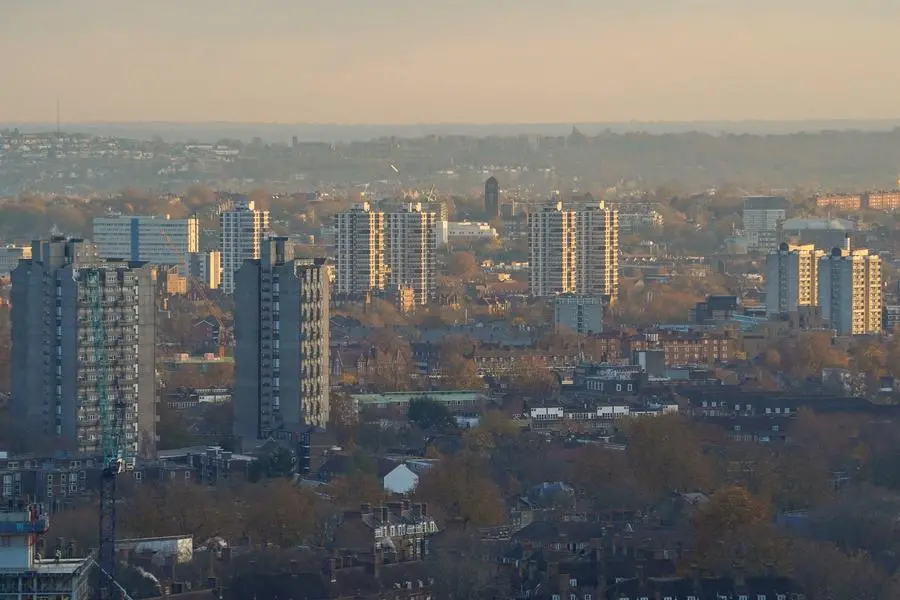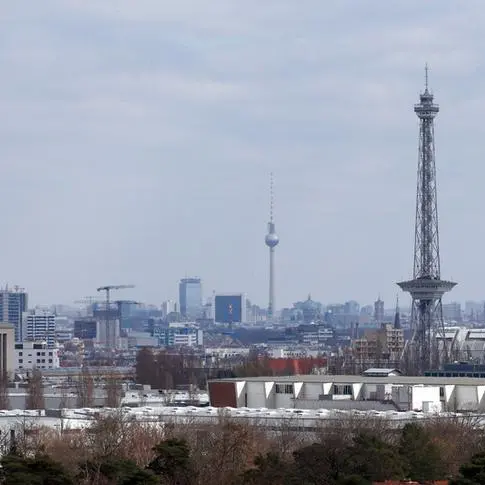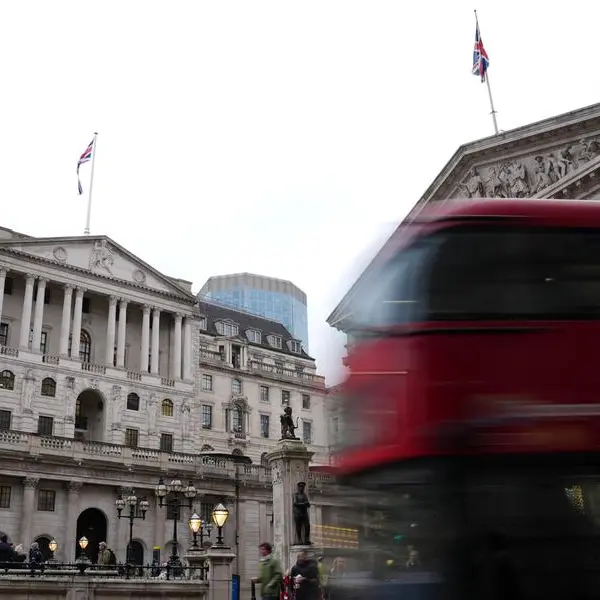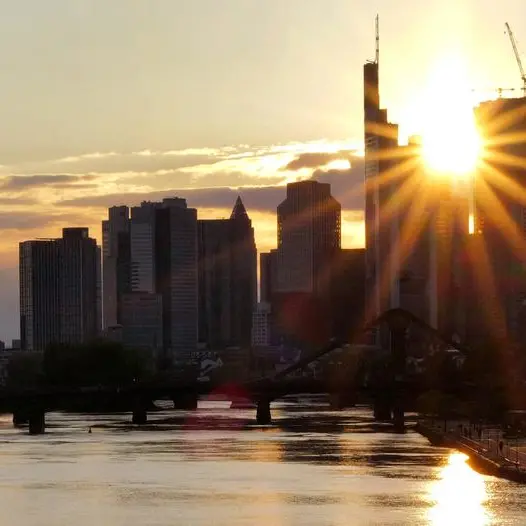PHOTO
The British government said on Tuesday that 174 schools in England had so far been found to have buildings with potentially unsafe old and crumbling concrete, up from 147 at the end of last month.
The revelations of old and weak concrete in schools, which saw more than 100 ordered to shut buildings only days before the start of a new term and others using rooms propped up by steel girders, sparked anger among parents and teachers.
The government said at the time it was working to identify further schools with Reinforced Autoclaved Aerated Concrete (RAAC), a lightweight form of concrete commonly used during the 1960s-80s but now considered weak and unsafe.
Of the 174 schools where RAAC had been identified as of Sept. 14, 148 have all pupils in face-to-face education, the government said, while 23 had a mix of face-to-face and remote arrangements and one was operating fully remote learning.
Education minister Gillian Keegan said the government would fund emergency mitigation work to make buildings safe, including installing alternative classrooms, as well as longer-term refurbishment or rebuilding projects to rectify the RAAC issue.
"I want to reassure pupils, parents and staff that this government will do whatever it takes to support our schools and colleges in responding to RAAC and minimise disruption to education," she said in a written statement to parliament.
Diana Barran, minister for the school system, told a committee of lawmakers on Tuesday that around 100 surveys a week were taking place in schools to identify whether RAAC was present.
The government has previously estimated around 95% of the roughly 22,000 schools in England would not be affected, and issues could be limited to single classrooms in many cases. (Reporting by Kylie MacLellan; editing by Sarah Young)




















